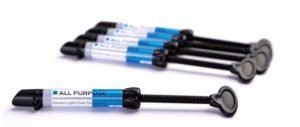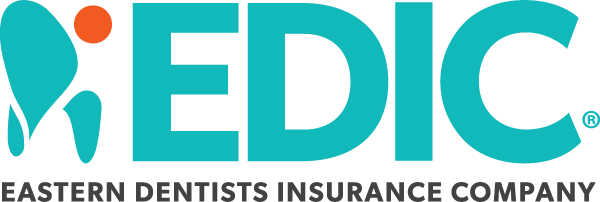 Because my practice caters to patients who are concerned with the materials going into their mouths, I’ve been researching all the products we use in our office to get a better idea of the ingredients inside them. A great place to start is the Material Safety Data Sheet (MSDS). You’ll not only find what your material contains, but some MSDS sheets will even go so far to give you toxicological information about their own product. I like to think that we use one of the better composites on the market, one that is free from some pretty controversial compounds. However, after closer research, I found that even it had possible toxicological impacts. Taking a step further, I found multiple studies that looked closely at the ingredients of our composite and were able to make a better judgment of its safety for my patients.
Because my practice caters to patients who are concerned with the materials going into their mouths, I’ve been researching all the products we use in our office to get a better idea of the ingredients inside them. A great place to start is the Material Safety Data Sheet (MSDS). You’ll not only find what your material contains, but some MSDS sheets will even go so far to give you toxicological information about their own product. I like to think that we use one of the better composites on the market, one that is free from some pretty controversial compounds. However, after closer research, I found that even it had possible toxicological impacts. Taking a step further, I found multiple studies that looked closely at the ingredients of our composite and were able to make a better judgment of its safety for my patients.
A great tool for some of my most sensitive patients has been a material sensitivity test better known as a Clifford Material Reactivity Test. From a simple blood draw from your patient, serum antibodies can be detected for thousands of dental materials. From zirconia crowns to acid etch, a Clifford Test can tell a patient what materials are suitable and not suitable for them. From there you can avoid using products that can cause potential acute or chronic reactions.
Product representatives are also a great resource. And while they’ll always be biased towards their product, they should be able to provide you with very thorough information about their products. And if they can’t, they at least have access to the developers in their company who can answer more technical questions. I recently contacted one of my labs to get more information about the gold that was used in their gold crowns. What I soon found out is that they actually offered five different types of gold with different percentages of gold and other metals that could be used for restoration. Had I never asked, I would just ask for a “gold crown”? Now I have the luxury of choosing the gold I want.
At the end of the day, it is impossible to know the in’s and out’s of every material. But taking the time to familiarize yourself with some of the most common materials in your office will allow you to provide a more personalized approach of care for your patients.

